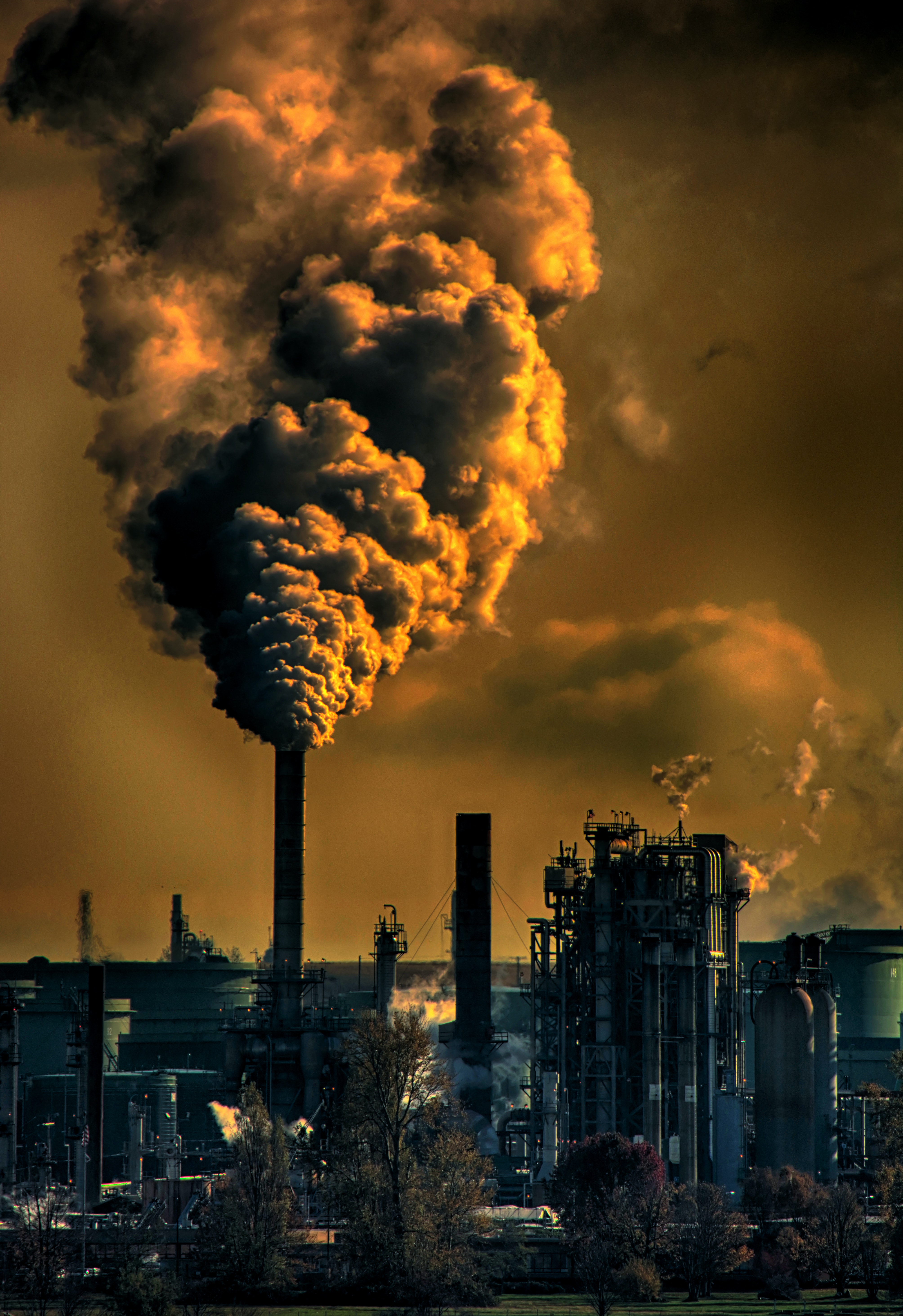The answer is air pollution. And apart from that, it is accounted to contributing to the development or progression of serious and chronic diseases, with global death toll as of 2015 as follows:
- 21% of all cardiovascular deaths worldwide;
- 25% of ischaemic heart disease deaths;
- 24% of stroke deaths, and
- 27% of lung cancer deaths

Additionally, ambient air pollution appears to be an important although not yet quantified risk factor for:
- neurodevelopmental disorders in children and
- neurodegenerative diseases in adults.
If that doesn’t sound harsh enough, let’s look at the economical picture of poor air quality.
Ambient air pollution is responsible for great economic losses, including:
- medical expenditures – an estimated US$21 billion globally in 2015;
- lost economic productivity resulting from pollution-related disease and premature death;
- the cost of environmental degradation.
So where does all of that pollution come from? There are a couple of reasons.
First and foremost, that is the rapid industrialization and the expansion of megacities. Currently an estimated 66% of the population worldwide lives in urban areas, and this number is expected to continue to grow. This leads to emerging issues with infrastructure, healthcare, urban planning and environmental protection and will require more measures from policy makers in the future. For the industry it will mean to seek new ways to power production and to stop relying on fossil fuels. Also an important factor in this context is the increased usage of motorized vehicles in cities, which will pose a new challenge for the planning of the cities of the future.
Not to neglect agriculture and the need to produce more food and goods for the growing population of the planet. This challenge has driven the usage of more and more pesticides and toxic chemicals, which react with different components of the air, water and soil. This kind of pollution takes a long time to tackle and unfortunately leaves lasting effects on humans, as well as natural ecosystems.
Sources:
Landrigan, Philip. (2016). Air pollution and health. The Lancet Public Health. 2. 10.1016/S2468-2667(16)30023-8.
Carlsten, Christopher,(2020).Personal strategies to minimise effects of air pollution on respiratory health: Advice for providers, patients and the public. European Respiratory Journal. https://doi.org/10.1183/13993003.02056-2019]